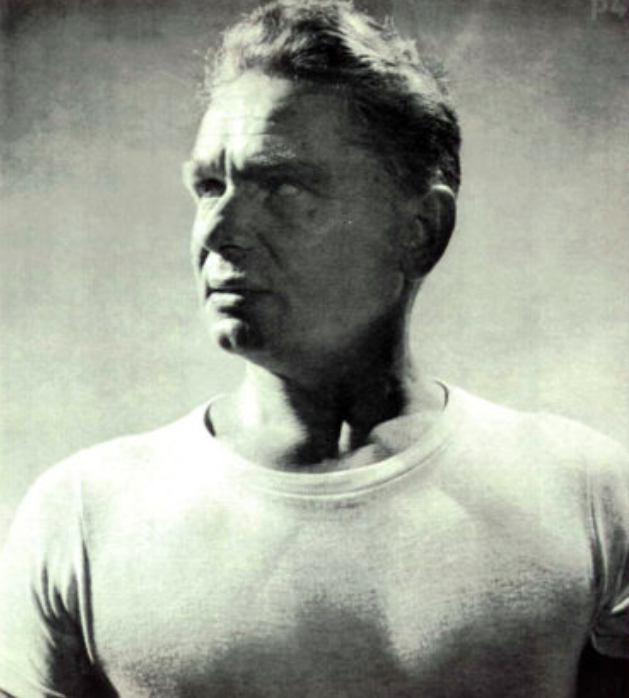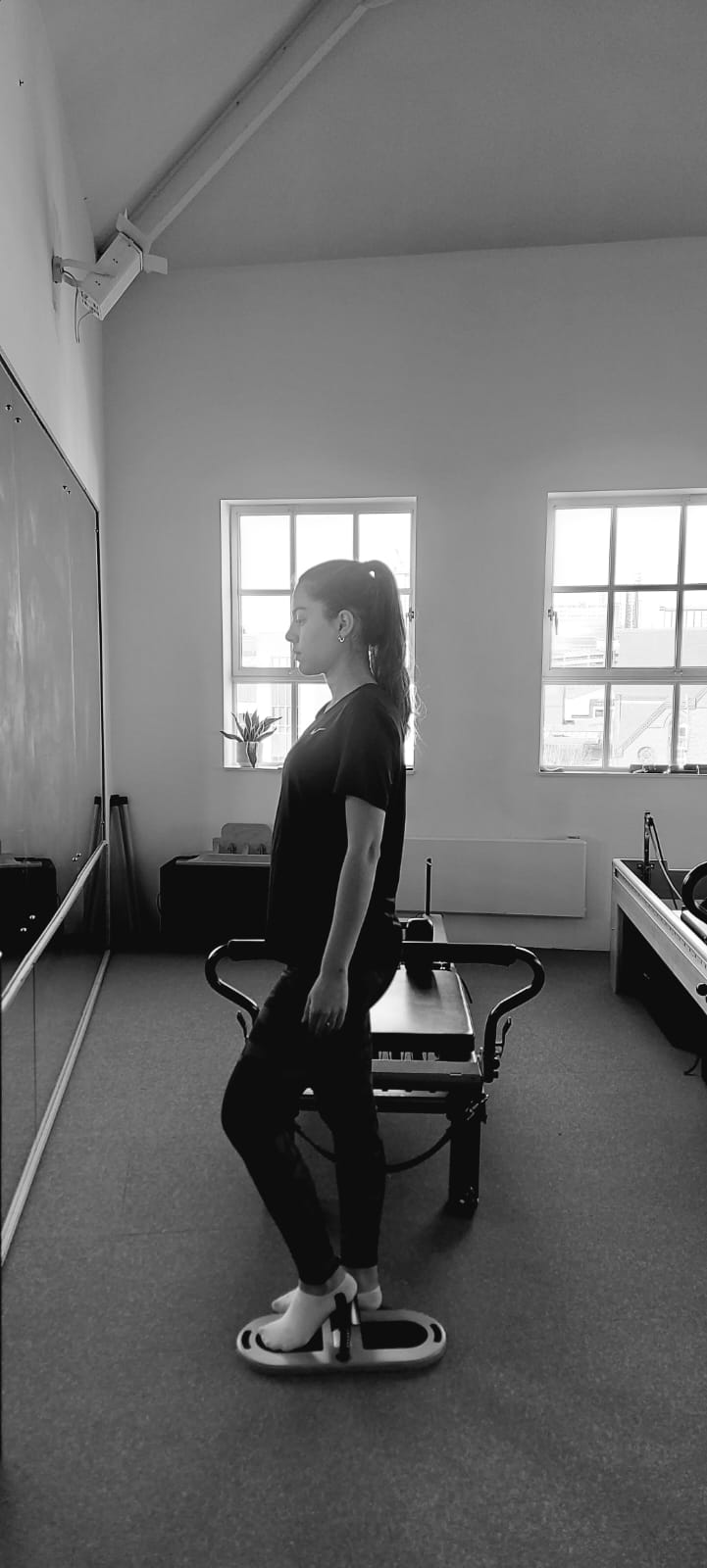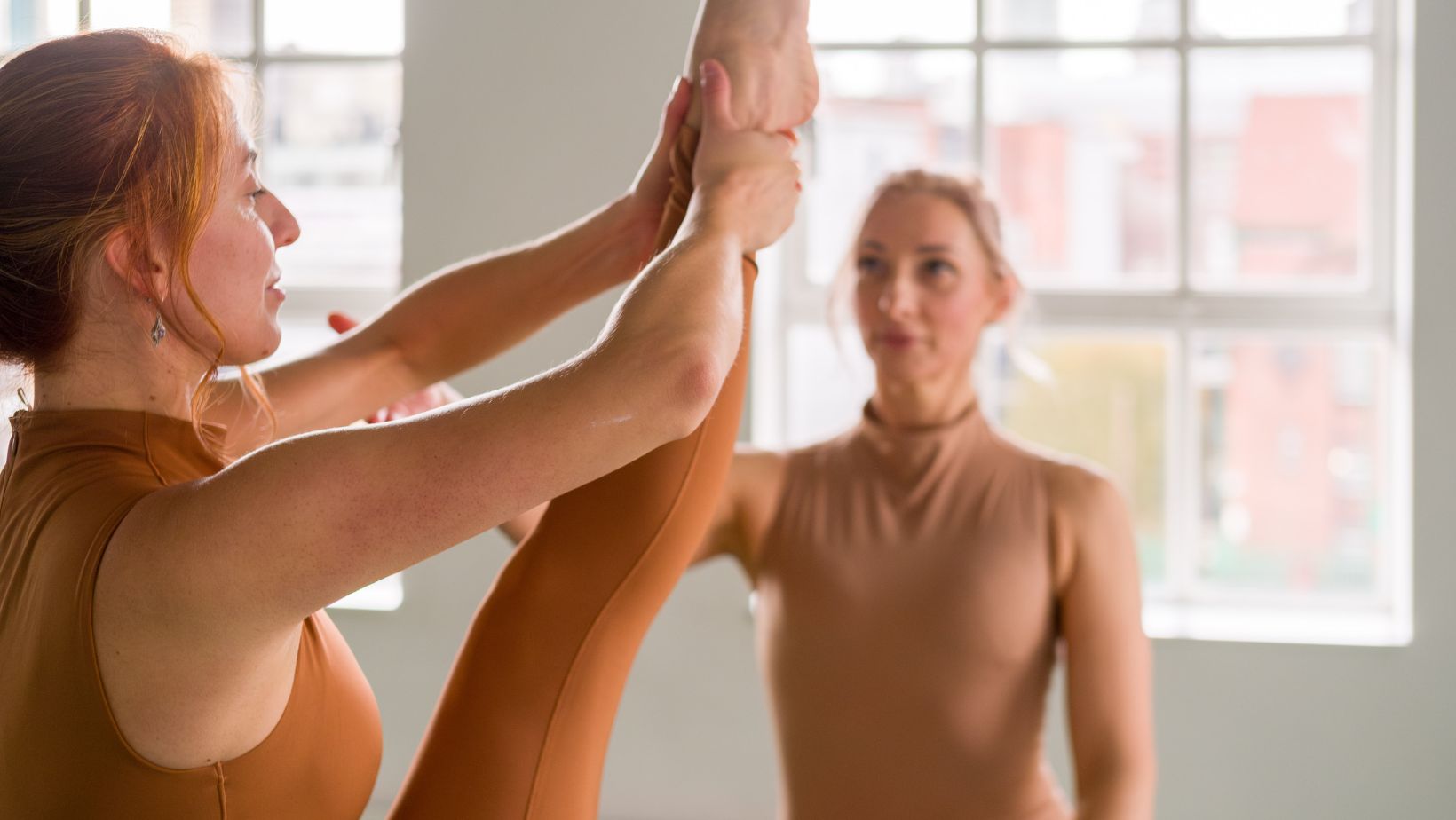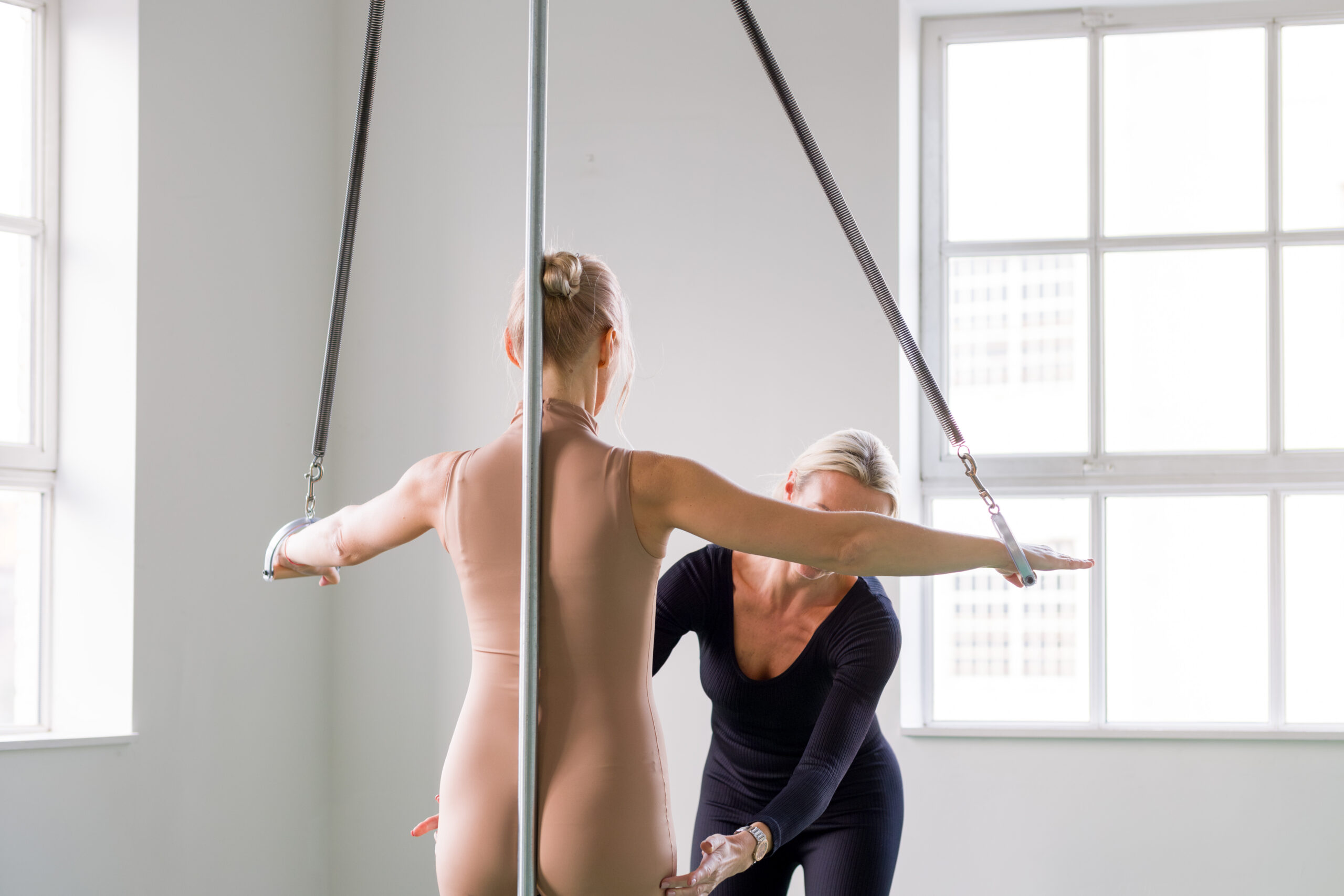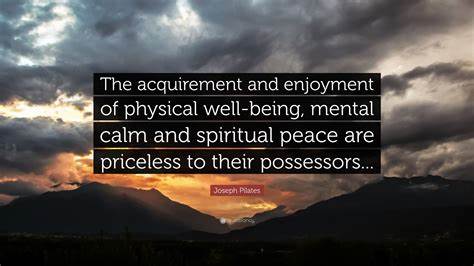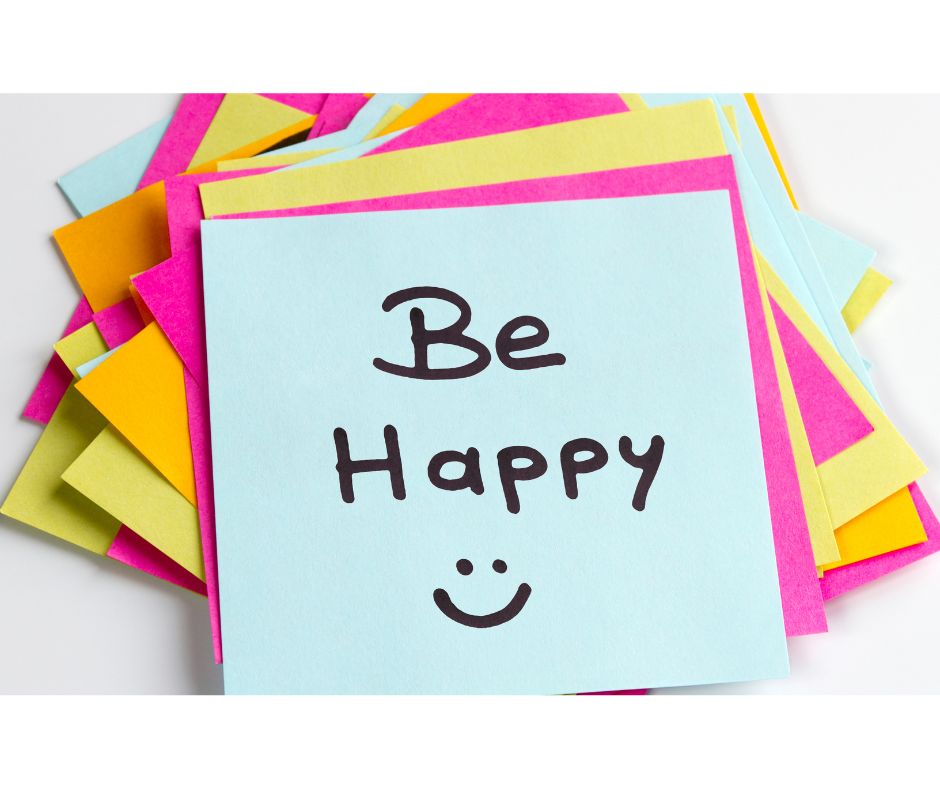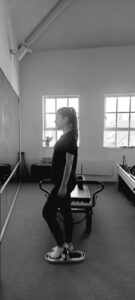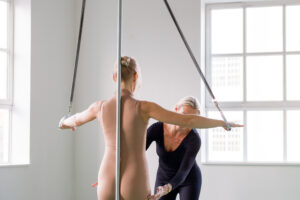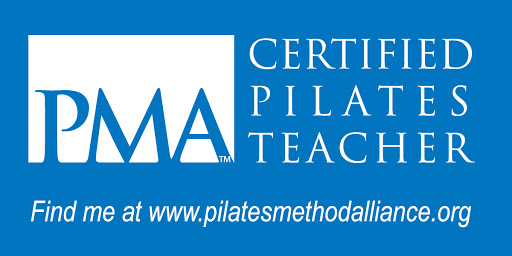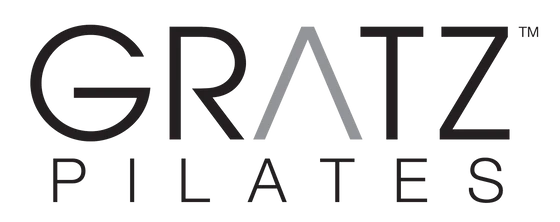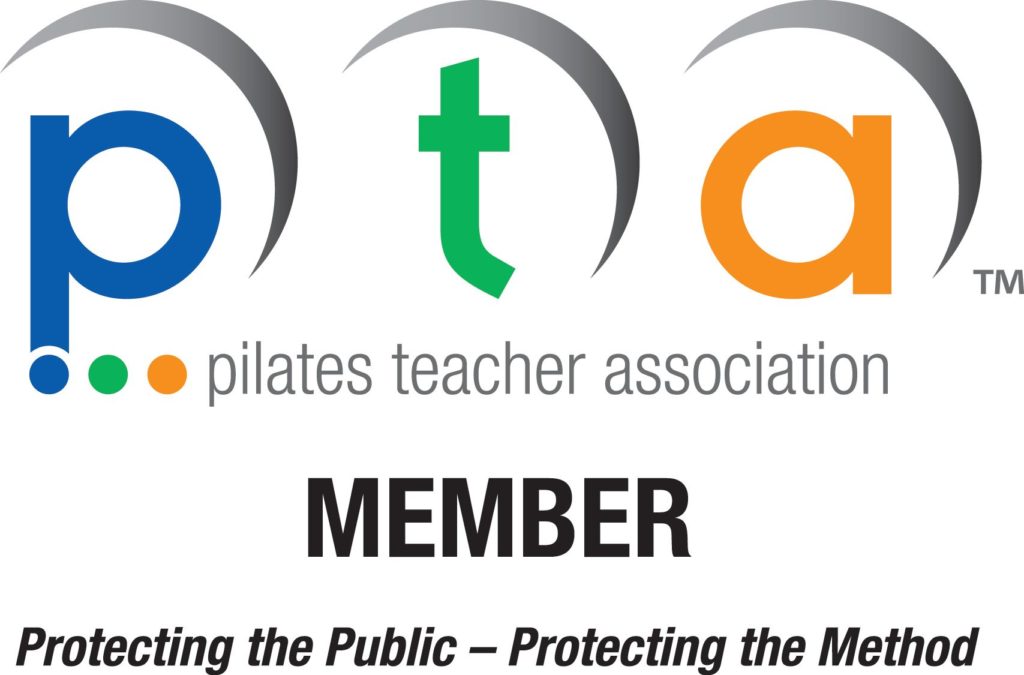What is Classical Pilates?
Where did it come from?
Classical Pilates is the exercise method created by Joseph Pilates and taught by Joe, his partner Clara and then after his death in 1967 by Romana Kryzanowska and, in turn her students.
There are several “Pilates Elders” – people who learned directly from Joe Pilates, but Romana was the person that studied the longest with Joe and was determined to keep the Method as close to what Joe taught as possible.
Is Pilates a new thing?
Joe claimed to have actually created the whole method by about 1910 (he’d have been 27 years old by then) ad the first ever Reformer patent was registered in 1925.
Was It always called "Pilates"?
Joseph Pilates first called his method: “Contrology” – I think that it’s a fantastic name but it never caught on and is unlikely to now.
What about Pilates today?
Nowadays there are so many versions and interpretations of Pilates that bear no relation to each and look completely different but they all share the same name.
Of course it’s confusing when things don’t look similar but all share the same name – how is that?
It’s because of a Trademark Lawsuit in the year 2000.
The Trademark & the Court Ruling
There was a time when the name “Pilates” was improperly trademarked. In 2000 a judge ruled that the name Pilates couldn’t be trademarked and that it was a generic name.
Since then, people have taken that to mean that “Pilates” is generic exercise – and anyone can call anything Pilates. Whether or not it would be recognisable to its creator is something that many people have not stopped to ask..
Jay Grimes (another Elder) said:
By a strange twist of fate, the name Pilates is now in the public domain as a generic term. You can stand on a rock twirling a hula hoop and call it Pilates. And some do. There are so many versions of Pilates that not only the general public, but the medical profession as well, are confused. There are so many Pilates based and Plates inspired variations that bear no resemblance to each other, yet they all claim the name. This does not mean that they are all bad, Quite the contrary, some of them are extremely good and much needed. But they are not the exercise method created by Joseph Pilates.
Jay Grimes - Pilates Elder
Joseph Pilates himself on what Pilates is and isn't:
... Contrology* is not "medicine" or even "physical therapy" . For it's aim is not specifically corrective but generally body building and co-ordinating. Hence it's uses are neither "patients" nor "treated". Each STUDENT is given as nearly as possible the same regimen and in kinds and amounts equal to his or her requirements under careful supervision. And only if approved by his or her family physician.
Joseph Pilates 1957 - The Pilates Pamphlet
Quick takes on what Pilates is and isn't
Quick takes: the big picture
- It’s no nonsense, straight forward exercise. There are no auras, chakras or hocus-pocus.
- Classical Pilates is truly holistic comprising of Mind, Body and Spirit elements – in very concrete and well defined ways without any New Age mysticism.
- Pilates is very easy to learn: it’s difficult to do.
- Pilates is very easy to understand: all the exercises share the same common concepts such as moving from a strong center (aka Powerhouse) in order to find length through opposition.
- There’s a system with a structure, exactly like a syllabus to guide your progress. Think Mat at home and Reformer & the other apparatus in the studio.
- The PIlates System follows the development of babies through to adults: first lying, supported sitting, free sitting, supported standing, free standing to upside down. The full repertoire of exercises is huge and range from lying down exercises to upside down exercises. This is easily demonstrated in the studio.
- Progress is measured by the complexity of the exercises you can perform and the depth and the layers that you bring to each exercise. Even Foundational Level has its challenges.
- It’s hard exercise: you’re supposed to work up a sweat.
Quick takes: the apparatus
- The Primary Pilates Apparatus is Mat & Reformer. The other apparatus: Cadillac, Wunda Chair, High Chair, Baby Arm Chair, Spine Corrector, Baby Barrel, Ladder Barrel, Guillotine and Ped o Pull are designed to help you get the Mat and the Reformer.
- There is also smaller apparatus: Sandbag, Neck Stretcher, Toe Gizmo, Foot Corrector and Magic Circle.
- The Mat and the Reformer are not disconnected from each other. You can’t learn the full Mat without the Reformer and you can’t learn the full Reformer without the Mat.
- Like the exercises, the apparatus is interconnected and inter-related. It’s designed to build you up and challenge you further.
- When you’re a beginner, the apparatus fully supports you, later it challenges you, and at advanced levels, it defies you.
- It always starts with the feet – our feet hold us up against gravity.
- It teaches how to “connect” to your “core” aka “Powerhouse”: thighs, butt, gut and shoulders.
Quick takes: the exercises
- All the exercises are interconnected and inter-related. They build on each other as you progress through the system from beginner to advanced.
- The Workouts follows the development of babies to adults: first lying, supported sitting, free sitting, supported standing, free standing to upside down. The full repertoire of exercises is huge and range from lying down exercises to upside down exercises.
- It always starts with the feet – our feet hold us up against gravity.
- It teaches how to “connect” to your “core” aka “Powerhouse”: thighs, butt, gut and shoulders.
- Pilates is very easy to understand: all the exercises share the same common concepts such as moving from a strong center (aka Powerhouse) in order to find length through opposition.

